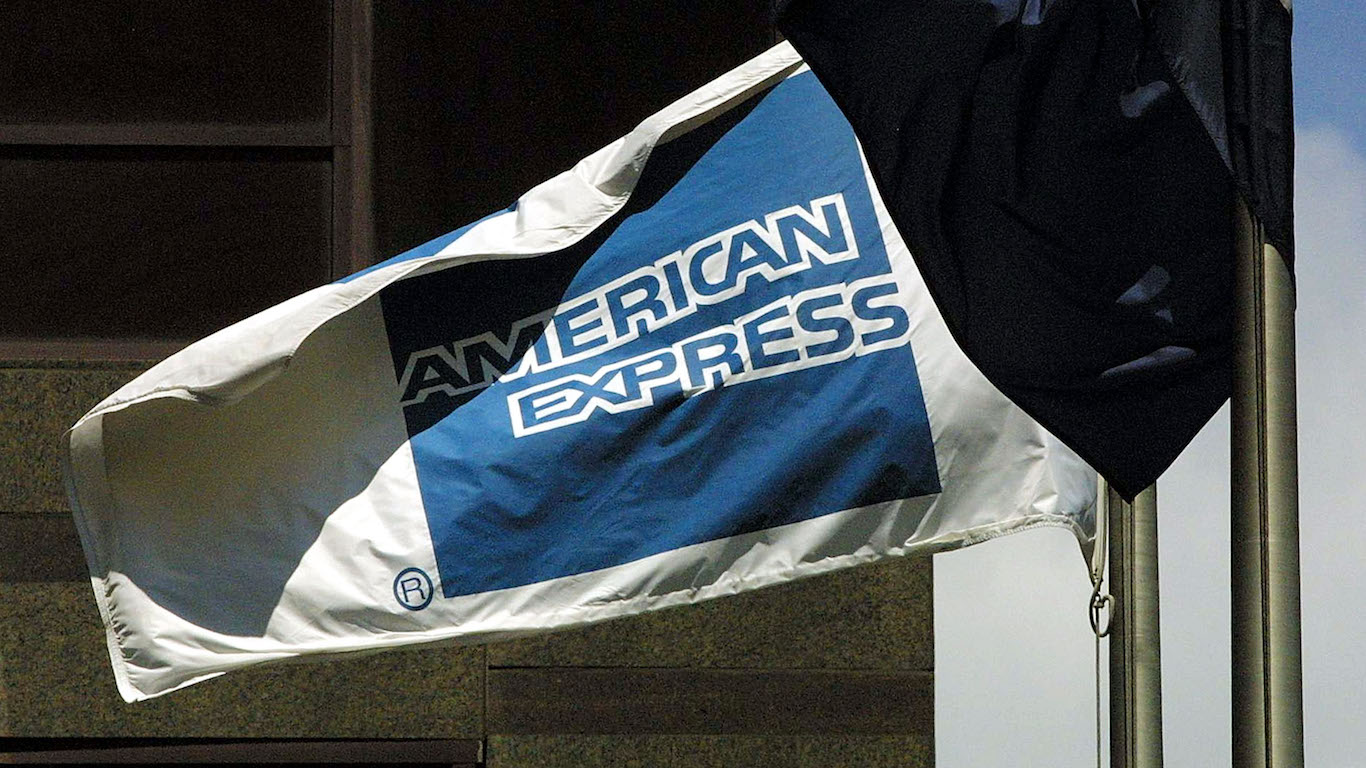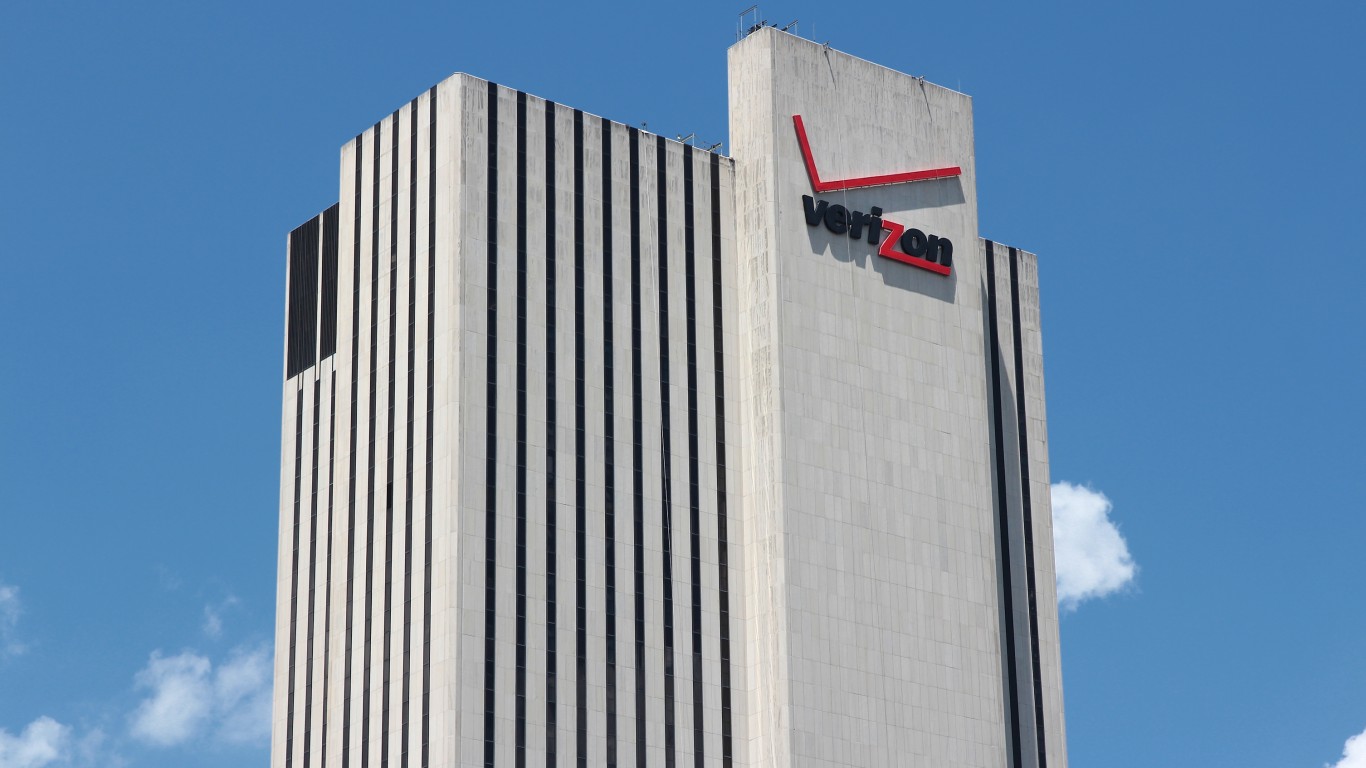
The three major U.S. equity indexes plummeted Wednesday, following Federal Reserve Chair Jerome Powell’s press conference. The Fed raised interest rates by another 0.75%, and pretty much squashed any notion of letting up on the big hikes any time soon. The Dow Jones industrials ended the day down 1.55%, while the S&P 500 closed 2.5% lower and the Nasdaq retreated 3.36%. All 11 sectors closed lower, with consumer cyclicals (−3.79%) and technology (−3.47%) posting the biggest losses. Utilities (−1.02%) suffered the smallest loss.
On Friday, the monthly report on nonfarm payrolls is expected to show a gain of 220,000 jobs, down from the September total of 263,000 new jobs. The headline unemployment rate is forecast to tick higher, from 3.5% to 3.6%.
The three major indexes traded lower shortly after Thursday’s opening bell.
After U.S. markets closed Wednesday, Qualcomm reported adjusted earnings per share (EPS) that met the consensus estimate and topped the revenue forecast by about $15 million. Shares were sinking Thursday morning, after the company’s current quarter guidance fell well short of expectations. The stock traded down by about 7.9%.
Robinhood reported a smaller-than-expected loss but fell short on revenue. Operating expenses fell by 69% after two rounds of layoffs this year (one in April, the other in August), but transaction revenue also fell by 22%. The narrower loss appeared to be investors’ lodestone Thursday morning, with shares up about 6%.
APA beat estimates on both the top and bottom lines. Results were slightly better than the company projected in its preliminary report last month but not enough to impress investors. Shares traded up by about 4.9%.
Albemarle missed the consensus revenue estimate but easily surpassed the EPS estimate. Record prices for lithium carbonate get most of the credit. But Albemarle lowered its fiscal year EPS and revenue guidance, and that guided investors toward the exits. The stock traded down 1.6% early Thursday.
Before markets opened, Peloton reported big misses on both profit and revenue. Member count fell, and the company said it expects the losses to continue. The company also lowered current quarter revenue guidance. Shares plunged 11.5% in early trading.
Exelon reported a mixed quarter, beating the consensus EPS estimate but missing on revenue. Fiscal year EPS guidance was in line with expectations, but the high end was well above the consensus. Shares traded down 3.3%.
ConocoPhillips beat estimates on both the top and bottom lines. The company raised its capex guidance from $7.8 billion to $8.1 billion, reflecting the impact of inflation and production mix in the Lower 48 states. Shares traded up by about 4.7%.
Barrick Gold also beat top-line and bottom-line estimates although revenue fell by nearly 11% year over year. Production was lower year over year, costs were higher, and gold prices are down. The stock traded down by about 3.6%.
Block, Carvana, Coinbase, PayPal and Starbucks are on the calendar to release quarterly results after markets close Thursday afternoon. Before U.S. markets open on Friday, Cardinal Health and DraftKings are expected to report quarterly results.
Here is a preview of three companies set to post quarterly results first thing Monday morning.
Ballard Power
Shares of hydrogen fuel-cell maker Ballard Power Systems Inc. (NASDAQ: BLDP) peaked almost exactly one year ago, and the share price has more or less steadily declined ever since. The stock trades down more than 70% since posting that 52-week high.
In late September, the company announced that it will invest $130 million to build a new China headquarters, manufacturing facility and research and development center near Shanghai. More investment was not what investors wanted to hear, and the stock posted a new 52-week low just two weeks later.
Analysts are cautious on the stock. Of 24 brokerages covering it, 16 have a Hold rating while six have a Buy or Strong Buy rating. At a recent price of around $5.30 a share, the implied gain based on a median price target of $8.16 is 54%. At the high price target of $8.63, the upside potential is about 62.8%.
Ballard Power is expected to report third-quarter revenue of $23.94 million, which would be up 14.6% sequentially but down 5.0% year over year. Analysts are forecasting a loss per share of $0.14, better than the prior-quarter loss of $0.19 but worse than the loss of $0.10 in the year-ago quarter. For the 2022 fiscal year, analysts are forecasting a loss per share of $0.59, worse than the $0.39 per-share loss last year, on sales of $98.55 million, down about 5.7%.
The company is not expected to post a profit in 2022, 2023 or 2024. The enterprise value to sales multiple for 2022 is 6.5, for 2023 is 4.8 and for 2024 is 3.1. Ballard Power does not pay a dividend, and the total shareholder return for the past 12 months was negative 71.2%.
NiSource
NiSource Inc. (NYSE: NI) is a regulated natural gas and electricity utility serving more than 3 million customers from Indiana to Maryland. Ironically, NiSource is one of just three large U.S. utilities that has not committed to a net-zero emissions policy and is the only utility to earn a grade of A in the Sierra Club report “The Dirty Truth About Utility Climate Pledges.” NiSource posted a score of 85, compared to an average of 23 for utilities that have made a climate pledge. The Sierra Club noted, “This suggests that most utilities’ corporate pledges are not translating into action.”
Analysts are bullish on NiSource stock. Of 13 brokerages covering it, 10 have a Buy or Strong Buy rating while the rest rate the shares at Hold. At a share price of around $25.60, the implied gain based on a median price target of $31.00 is 21%. At the high price target of $34.00, the upside potential is about 32.8%.
NiSource is expected to report third-quarter revenue of $1.03 billion, down 13.1% sequentially but up 9.1% year over year. Analysts are forecasting EPS of $0.10, down 12.9% sequentially and down a penny year over year. For the 2022 fiscal year, analysts are forecasting EPS of $1.45, up 5.8%, on sales of $5.33 billion, up about 8.7%.
The stock trades at 17.7 times expected 2022 EPS, 16.6 times estimated 2023 earnings of $1.55 and 14.8 times estimated 2024 earnings of $1.73 per share. NiSource’s 52-week range is $23.78 to $32.59. The company pays an annual dividend of $0.94 (yield of 3.64%). Total shareholder return for the past year was 4.73%.
Palantir Technologies
Over the past 12 months, shares of Palantir Technologies Inc. (NYSE: PLTR) have declined by more than 68%. Since posting a 52-week high nearly one year ago, shares have declined by nearly 70%. That is basically double the 35.5% decline in software stocks over the past year.
In late September, Bloomberg reported that the company had a “secret plan” to buy up smaller companies that had relationships with the United Kingdom’s National Health Service in order to avoid “political resistance” to the data mining company’s stealthy efforts. The company responded that the email Bloomberg used as its source included “regrettable” language.
Of 14 analysts covering the stock, just four have a Buy or Strong Buy rating, and six have Hold ratings. At a share price of around $8.20, the upside potential based on a median price target of $10.00 is 18%. At the high price target of $20.00, the potential upside is 59%.
The consensus third-quarter revenue estimate is $474.96 million, up 0.4% sequentially and by 21.1% year over year. Adjusted EPS are forecast at $0.02, up from a loss per share of $0.01 in the prior quarter and down 50% year over year. For the full 2022 fiscal year, estimates call for EPS of $0.05, 62.4%, on sales of $1.9 billion, up 23.2%.
The stock trades at 168.3 times expected 2022 EPS, 51.0 times estimated 2023 earnings of $0.16 and 33.0 times estimated 2024 earnings of $0.25 per share. Palantir stock’s 52-week range is $6.44 to $27.11, and the company does not pay a dividend. The total shareholder return for the past year is negative 68.5%.
Take Charge of Your Retirement: Find the Right Financial Advisor For You in Minutes (Sponsor)
Retirement planning doesn’t have to feel overwhelming. The key is finding professional guidance—and we’ve made it easier than ever for you to connect with the right financial advisor for your unique needs.
Here’s how it works:
1️ Answer a Few Simple Questions
Tell us a bit about your goals and preferences—it only takes a few minutes!
2️ Get Your Top Advisor Matches
This tool matches you with qualified advisors who specialize in helping people like you achieve financial success.
3️ Choose Your Best Fit
Review their profiles, schedule an introductory meeting, and select the advisor who feels right for you.
Why wait? Start building the retirement you’ve always dreamed of. Click here to get started today!
Thank you for reading! Have some feedback for us?
Contact the 24/7 Wall St. editorial team.

 24/7 Wall St.
24/7 Wall St. 24/7 Wall St.
24/7 Wall St. 24/7 Wall St.
24/7 Wall St.



